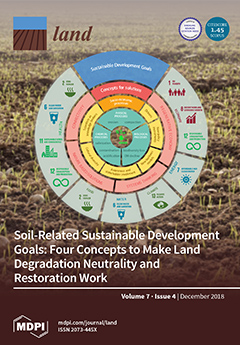Resource information
At present, 10.5% of Canada’s land base is under some form of formal protection. Recent developments indicate Canada aims to work towards a target of protecting 17% of its terrestrial and inland water area by 2020. Canada is uniquely positioned globally as one of the few nations that has the capacity to expand the area under its protection. In addition to its formally protected areas, Canada’s remote regions form de facto protected areas that are relatively free from development pressure. Opportunities for expansion of formally protected areas in Canada include official delineation and designation of de facto protected areas and the identification and protection of land to improve connectivity between protected areas (PAs). Furthermore, there are collaborative opportunities for expanding PA through commitments from industry and provincial and territorial land stewards. Other collaborative opportunities include the contributions of First Nations aligning with international examples of Indigenous Protected Areas, or the incorporation and cultivation of private protection programs with documented inclusion in official PA networks. A series of incremental additions from multiple actors may increase the likelihood for achieving area-based targets, and expands stakeholder engagement and representation in Canada’s PA system. Given a generational opportunity and high-level interest in expansion of protected areas in Canada and elsewhere, it is evident that as a diverse number of stakeholders and rights holders collaboratively map current and future land uses onto forest landscapes, science-based conservation targets and spatial prioritizations can inform this process.


